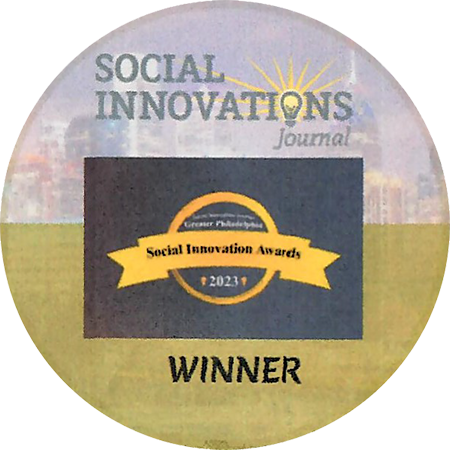SR -
Implementation Strategies
Professional Development For Staff:
Enhancing Skills for Technological Proficiency and Student Well-being
In today’s rapidly evolving educational landscape, professional development for teachers and staff is essential to ensure they can meet the diverse needs of students and adapt to new challenges. A comprehensive professional development program should focus on two critical areas: the effective use of technological tools and recognizing and addressing mental health issues among students.
Training in Technological Tools for Effective Teaching
The integration of technology into the classroom has become more prevalent than ever, especially in the wake of increased remote and hybrid learning environments. However, simply providing technological tools such as interactive whiteboards, educational software, or online platforms is not enough. Teachers and staff need structured, ongoing training to use these resources effectively to improve both teaching and learning experiences.
- Tailored Training Sessions: Professional development should include tailored workshops and hands-on sessions where teachers can learn how to incorporate specific tools into their lesson plans. For example, tools for creating interactive content, utilizing online assessment platforms, or incorporating virtual collaboration tools like Google Classroom or Microsoft Teams should be introduced gradually and contextually. Staff should also be trained on how to differentiate instruction using these tools, ensuring that they cater to diverse student needs, including those with learning difficulties or special educational needs.
- Focus on Pedagogical Effectiveness: The focus of technological training should not just be on the mechanics of using tools but on how they can enhance pedagogical effectiveness. This includes how technology can facilitate student engagement, create more personalized learning experiences, and streamline administrative tasks such as grading or lesson planning. For example, training can cover how to design flipped classrooms or blended learning experiences that make the best use of technology.
- Ongoing Support and Learning Communities: Professional development should extend beyond initial training. Creating professional learning communities (PLCs) allows teachers and staff to continue discussing new tech applications, share successes and challenges, and collaborate on innovative teaching strategies. Ongoing support can also include access to tech help desks or educational technology specialists who can assist teachers with troubleshooting or advanced tool usage.
Addressing Mental Health Issues Among Students
As mental health concerns among students continue to rise, educators are often the first to notice signs of distress. Training teachers and staff to recognize these signs and provide appropriate support is crucial for fostering a healthy school environment.
- Workshops on Mental Health Awareness: Professional development should include workshops that help staff recognize early warning signs of common mental health issues, such as anxiety, depression, and stress. These workshops should also focus on understanding the impacts of trauma, bullying, and other social factors that may contribute to students’ mental health challenges. Equipping staff with this knowledge ensures that they can offer timely interventions and support students before issues escalate.
- Training on Providing Support: Teachers and staff should be trained on how to approach students who may be struggling with mental health issues, including how to initiate conversations, create safe spaces for discussion, and refer students to appropriate counseling or mental health resources. This training should also cover self-care for educators themselves, as they are often under pressure and may experience burnout when dealing with these sensitive issues.
- Collaboration with Mental Health Professionals: Schools should foster stronger partnerships between educators and mental health professionals. Professional development programs can include sessions with school counselors, psychologists, or external mental health experts to ensure that teachers understand the referral processes and the various support services available to students. This collaboration can lead to the development of comprehensive support systems that include both academic and emotional well-being.
Conclusion
Investing in professional development that focuses on both the effective use of technology and the recognition of student mental health needs will empower educators to meet the complex challenges of modern education. Through targeted training sessions, ongoing support, and a holistic approach to student well-being, schools can create an environment where both staff and students thrive.
This white paper snippet is part of 11 week a series, the full paper can be found at:
Contact Us
We will get back to you as soon as possible.
Please try again later.
Available through the

STRATEGIC PARTNERS

Sign Up For Our Newsletter
We will get back to you as soon as possible.
Please try again later.



